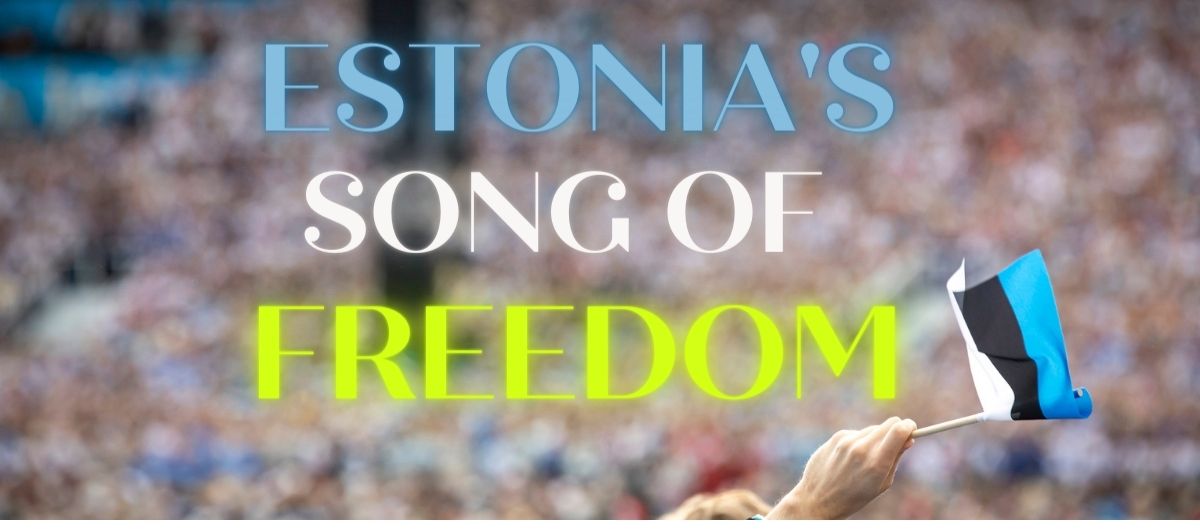Singing For Freedom: The Incredible Liberation of Estonia

In this country, anti-Soviet sentiment runs fresh, harsh and deep. Occupation is a recent memory. Estonia was established as an independent country with a government and eventual NATO membership just 32 short years ago in 1991.
During the Second World War, Estonia was first invaded by Russia, then Germany and finally again by Russia. In the first twelve months of Soviet occupation, more than 60,000 Estonians were killed or deported; more than 10,000 were removed in a mass deportation during the night of June 13-14, 1941. On September 22, 1944, Soviet troops took Tallinn. Forty years of occupation followed.

In 1869 Johann Voldemar Jannsen established the Estonian Song Festival while the nation was still a province of the Russian Empire. This festival was considered responsible for fostering an Estonian national awakening. After that, the new tradition was born and the festivals are still held every five years.




Gorbachev’s introduction of perestroika by the central government of the Soviet Union in 1987 made open political activity possible again in Estonia. This triggered what is known as The Singing Revolution, a non-violent act to restore independence to the Baltic countries of Estonia, Latvia and Lithuania.
On 23 August 1989, about 2 million Estonians, Latvians and Lithuanians participated in a mass demonstration, forming the Baltic Way unbroken human chain across the three countries. Our guide, along with her husband and infant son participated. They sang from a rich, extensive collection of ethnic folk songs, formerly banned by the USSR. In March of 1991, a referendum was held where 78% of voters supported full independence. Estonia declared restoration of its independence on 20 August 1991.



This is is the Baltic backdrop; it’s mesmerizing beauty, cherished ethnicity and history of non-violent protest in the face of overwhelming odds.
Related Posts
Eat at the Most Bizarre, (delish) and Colorful Food Circus in the World!
Bubbling cauldrons of soups, meats wrapped in palm leaves, a rainbow of desserts – honestly…when …
May 17, 2024Giving Alms: Silent and Beautiful Sunrise in Luang Prabang
Each morning before sunrise, the faithful line the sidewalks of the city of Luang Prabang …
May 13, 2024

Leave A Comment